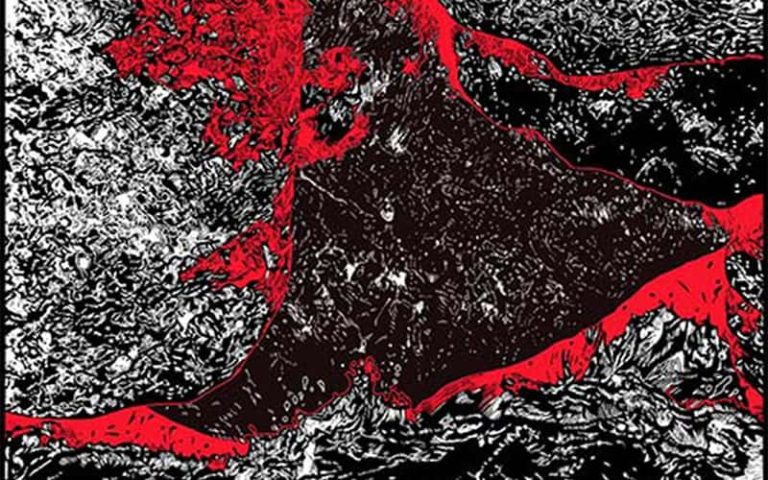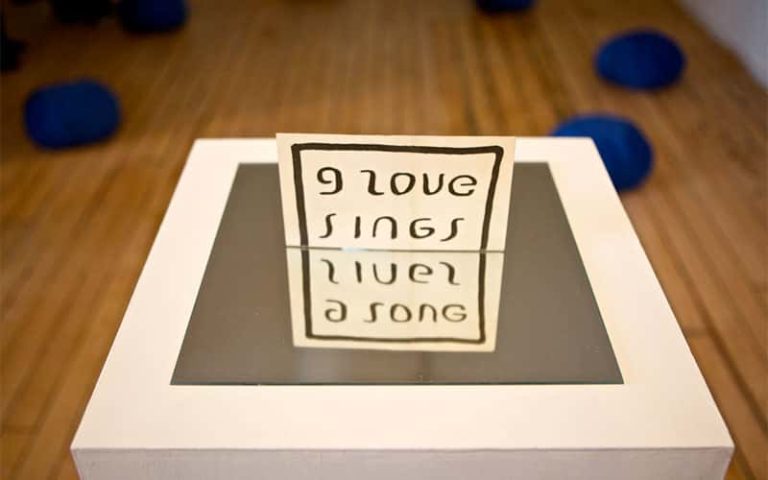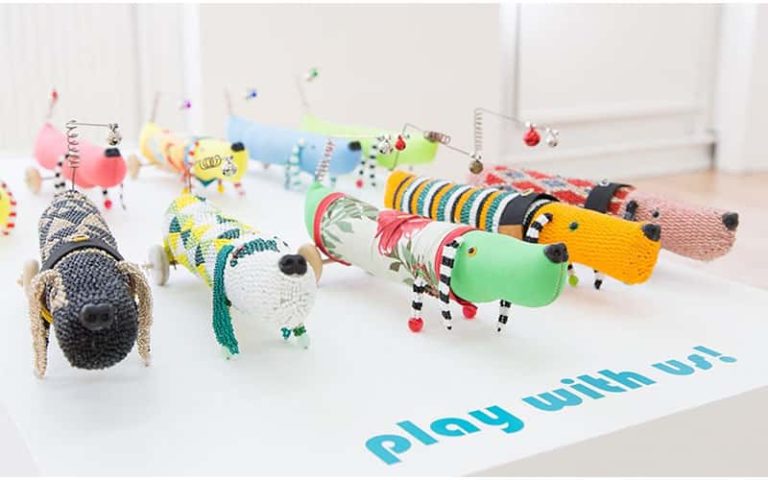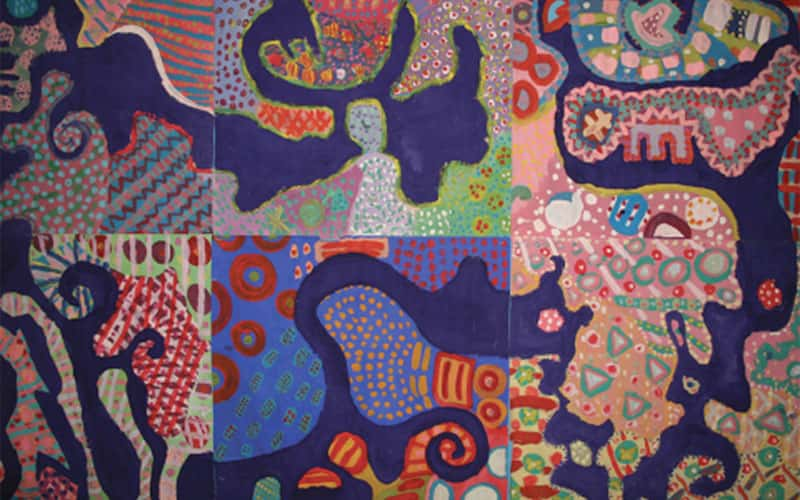
Paul Cope
The Classroom Art Demonstration as Pedagogical Art Practice
This is an empirical research project that investigates the dual professional practice of the artist-teacher, carried out by an art teacher in a 9 to 13 middle school art classroom. The research sets out to examine what happens when an art teacher also practises as an artist, and what the impact of such a dual practice might be on teaching and learning in the classroom.
With the introduction of new national curriculum strategies emphasising localised, personalised and more creative curricula, there is a change of emphasis in education legislation. Ofsted recently recommended that art teachers should be encouraged to further their own art work as a means to develop knowledge of contemporary art in the classroom. This research project presents a fine-grained view of what happens when these recommendations are carried out.
The research uses a multi-methodology approach based on four naturalistic case studies in the classroom. Writing as research, autoethnography and reflection-in-action provide the framework for the examination of both teaching and artistic practice. Art practice as research methodology is used to examine visual work produced by both teacher and pupils, and to consider dialogues between the two.
Early analysis of the case studies indicates that the art practice can be said to impact on planning in the classroom and can be seen as a useful means of generating ideas and projects. The case studies demonstrate inter-reactions between teaching practices as they impact on the way art practice is deployed in the classroom.
Paul Cope is a member of the Pattern and Chaos group of collaborative, interactive and networking designers, artists, theorists and innovators in education, all of whom are based at Norwich University of the Arts.
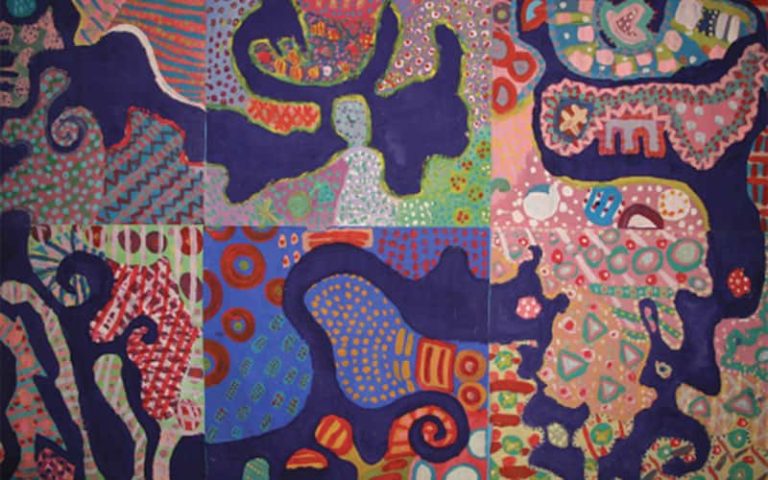
Paul Cope
Explore more
-
Philip Poole
This PhD is a combined practice and theoretical exploration that aims to identify and document photographically the nature and consequences of this economic decline in the form of a visual narrative that will raise awareness of these problems and the potential for regeneration.
-
Mattis Wiedmann
This research project seeks to interrogate and reframe the thinking of horror through a rigorous engagement with its formal limits.
-
Jonathan P. Watts
Jonathan P. Watts (he/him) is a fully-funded PhD candidate at Norwich University of the Arts supervised by Professor Simon Willmoth and Professor Jo Melvin at Chelsea College of Arts, University of the Arts London.
-
Imogen Carter De Jong
A love of secondhand clothing lies at the core of this research project.
-
Ruth Battersby
This PhD by curatorial practice focuses on a group of embroidered textile testimonies made at the turn of the twentieth century by an inmate of the Female Lunatic Ward of Great Yarmouth Workhouse.
-
Amanda Geitner
Roger Ackling – Work and Teaching 1969 to 2014 This PhD by curatorial practice focuses on the work of British artist Roger Ackling (1947 – 2014). Ackling’s career is notable for his artistic practice and his long and influential teaching career. The research aims to understand his work in relation to Land Art, Minimalist and Conceptual Art movements and the impact of his practice on artists he worked with and taught.
-
Marian Saunders
New perspectives on VJ practice: The art of performing moving image
-
Dominic Bradbury
The Work of Richard Seifert & Denys Lasdun: A Comparative Study of Their Buildings and Reputations.
-
Abbie Cairns
Interrogating Artist-Teacher identity formation in Adult Community Learning
-
Jeanette Bolton-Martin
Spectral Shores: vanishing places and haunted spaces. Coastal Erosion and its effect on perceptions of time and the cultural construction of coastal landscapes
-
Marc Atkinson
In Transition: People, landscape and nature in the East Anglian edgelands
-
Sarah Foyster
-
Sam Ismail-Epps
-
Paul Vousden
-
Nicola Simpson
-
Kazuko Morohashi
-
Katherine Hewlett
-
James Quinn
-
Amy Goodwin

